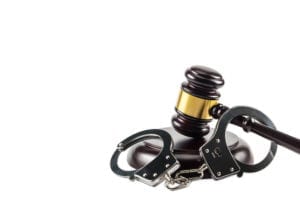 The majority continued in relevant part: Eugene Roberts pulled into the driveway of his home in Newark. As Roberts got out of his car, three men approached him. One of the men pointed a revolver at Roberts’ torso and demanded money. Another man, later identified as defendant Ibnmauric Anthony, asked for Roberts’ car keys. The man searched the car as Roberts watched and then tossed the keys to the ground before all three walked away. Roberts called the police and gave a statement.
The majority continued in relevant part: Eugene Roberts pulled into the driveway of his home in Newark. As Roberts got out of his car, three men approached him. One of the men pointed a revolver at Roberts’ torso and demanded money. Another man, later identified as defendant Ibnmauric Anthony, asked for Roberts’ car keys. The man searched the car as Roberts watched and then tossed the keys to the ground before all three walked away. Roberts called the police and gave a statement.
Two days later, Roberts returned to the police station to look at a photo array. Detective Karima Hannibal administered the array. She was not involved in the case and did not know the suspect’s identity. Detective Hannibal read a series of instructions to Roberts, showed him the array, and recorded his response. She used three pre-printed Newark Police Department forms to document the identification procedure.
A grand jury indicted defendant, who moved to suppress the out-of-court identification and asked for a pretrial hearing under United States v. Wade, 388 U.S. 218 (1967), and Henderson. Defendant argued that it was improper for law enforcement officers not to memorialize or record the dialogue during the viewing of the photo array because there was no way to know if any impermissibly suggestive behavior took place.
The trial court denied defendant’s motion and request for a pretrial hearing. Trial began, and the case rested on Roberts’ identification. To instruct the jury, the trial court used the model jury charge for eyewitness identification, Model Jury Charges (Criminal), “Identification: In-Court and Out-of-Court Identifications” (rev. July 19, 2012) (Identification Charge). Defendant did not object or ask for a supplemental charge about the administration or recording of the photo array. The jury convicted defendant on all counts.
This case demonstrates the importance of renewing a pre-trial objection during trial when the issue re-presents itself. Otherwise, your adversary can argue that the issue was waived or is subject to a plain error standard of review.
